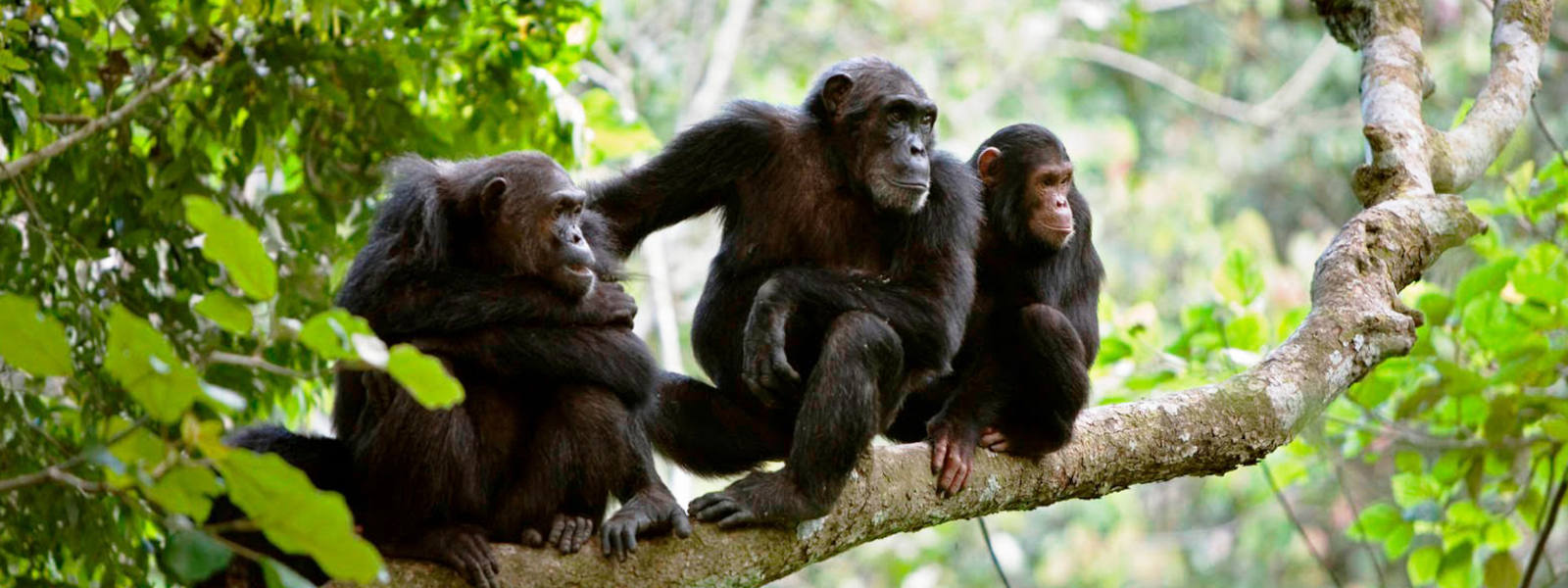+255 782 483351 Office at Moshono, Arusha
Email us info@aasafari.com

Tanzania has some extremely wild regions, and Gombe National Park is one of them. When Gombe was declared as a game reserve in 1943, it was recognized for its natural importance. Gombe rose to prominence following Dr. Jane Goodall's groundbreaking research in 1960, which is thought to be the world's longest-running study of primates. After chimps became accustomed to human visitors, the conservation status was upgraded to that of a National Park in 1968, and the park was opened to tourism in 1978. It sits 16 kilometers north of Kigoma town, on the shores of Lake Tanganyika, the world's second deepest lake, in western Tanzania, with a 56-square-kilometer area.
The Gombe wilderness is worth visiting all year, as it allows you to sail along part of the historical inquisitiveness of Livingstone and Stanley as they searched for the Nile's source in the nineteenth century. The rainy season (November to Mid-May) is the ideal time to see chimps because the green flora blossoms, creating an amazing panoramic view and waterfalls, while the dry season offers the best photo opportunities and opportunities for short and long hikes (May to October).
Gombe is home to a varied range of fauna. In a broad sense, habitat preferences and seasonal food cycles govern where a particular species may be at any one time (esp chimpanzee). Although Gombe chimps are the most popular among visitors to the Park, there are several more famous animals.

 We accept online payments
We accept online payments